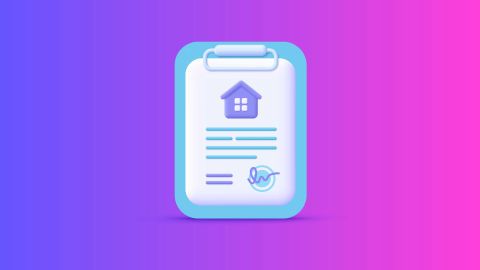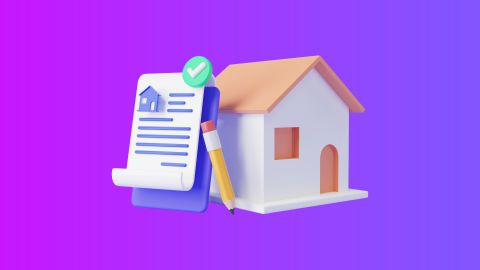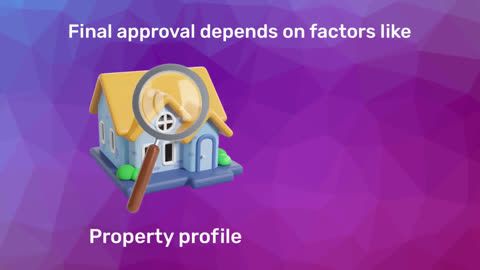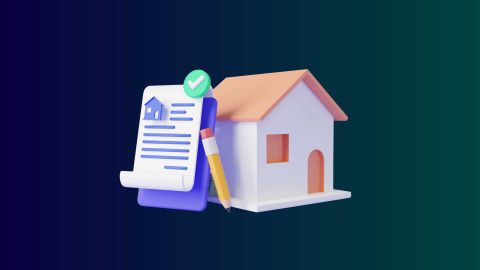In this guide, we will take you through the process of paying direct taxes, common pitfalls to avoid, and how tools like home loans can enhance your financial strategy.
What is direct tax?
Direct tax refers to the type of tax paid directly to the government by individuals or organisations. Examples include:- Income tax: Paid by individuals or entities on their earnings.
- Property tax: Levied on property ownership.
- Corporate tax: Paid by companies on their profits.
Benefits of paying direct tax online
Gone are the days of standing in long queues or dealing with piles of paperwork. Paying direct tax online comes with a host of benefits:- Convenience: Make payments anytime from the comfort of your home.
- Accuracy: Automated systems reduce errors and ensure precise calculations.
- Instant acknowledgement: Receive immediate receipts and confirmation of payment.
- Transparency: Access and track payment history online.
- Eco-friendly: A paperless process saves resources and promotes sustainability.
How to pay direct tax online: step-by-step guide
Here is how you can make your direct tax payment online in a few simple steps:Step 1: Visit www.incometax.gov.in and click on the "e-Pay Tax" option.
Step 2: Fill in the necessary information on the e-Pay Tax page and click "Continue."
Step 3: Enter the 6-digit OTP sent to the mobile number and click "Continue."
Step 4: After OTP verification, your PAN/TAN and masked name will be displayed. Click "Continue" to proceed.
Step 5: On the e-Pay Tax page, choose the appropriate tax payment category and click "Proceed."
Step 6: Select the relevant assessment year, minor head, and other applicable details, then click "Continue."
Step 7: On the "Add Tax Breakup Details" page, input the tax breakup and click "Continue."
Step 8: On the "Select Payment Mode" page, select your preferred mode, such as Payment Gateway, and click "Continue."
Step 9: Review all details on the "Preview and Make Payment" page. Verify the tax breakup and click "Pay Now."
Step 10: Accept the terms and conditions, then click "Submit to Bank."
You will be redirected to the payment gateway site, where you can complete the payment using net banking, debit/credit card, or UPI. Compare transaction charges for the available gateways before proceeding.
Common mistakes to avoid when paying direct tax
Even with online systems in place, it is easy to make errors. Here is what to watch out for:- Wrong challan selection: Ensure you select the correct tax form to avoid payment misallocation.
- Incorrect PAN or assessment year: Double-check these critical details before proceeding.
- Ignoring deadlines: Late payments attract penalties and interest. Stay updated on tax deadlines.
- Skipping receipt downloads: Always save payment receipts as proof for future reference.
Tax planning with home loan
Tax planning goes hand-in-hand with smart financial management. If you are looking to optimise your tax outgo, taking a home loan is an excellent strategy. Here is how:1. Tax deductions on principal repayment: Under Section 80C of the Income Tax Act, you can claim deductions of up to Rs. 1.5 lakh annually on the principal portion of your home loan EMI.
2. Tax benefits on interest paid: Under Section 24(b), you can claim deductions of up to Rs. 2 lakh annually on the interest paid for a self-occupied property.
3. Additional deductions: If you are a first-time homebuyer, you might be eligible for additional deductions under Section 80EE or 80EEA.
Combining the benefits of a home loan with tax-saving measures can significantly reduce your taxable income while helping you achieve the dream of owning a house.
How Bajaj Housing Finance Home Loan can help
At Bajaj Housing Finance, we make owning a home simple and affordable. With competitive interest rates, flexible repayment terms, and minimal paperwork, you can take the first step toward financial freedom.Here are a few key benefits of choosing Bajaj Housing Finance Home Loan:
1. High loan amount: Secure funding up to Rs. 15 Crore* to turn your dream home into reality.
2. Low interest rates: Enjoy interest rates starting 7.45%* p.a, and EMIs as low as Rs. 684/lakh*.
3. Quick approval: Get approved within 48 Hours* of applying – sometimes even sooner.
4. Flexible repayment tenure: Choose a repayment term of up to 32 years for comfortable EMIs.
5. Simple application: Take advantage of doorstep document collection for a smooth process.
6. Balance transfer facility: Move your existing home loan and get a top-up loan with better terms.
Ready to take the next step in your financial journey? Explore Bajaj Housing Finance Home Loan today and start saving on taxes while investing in your dream home.




